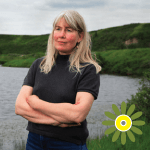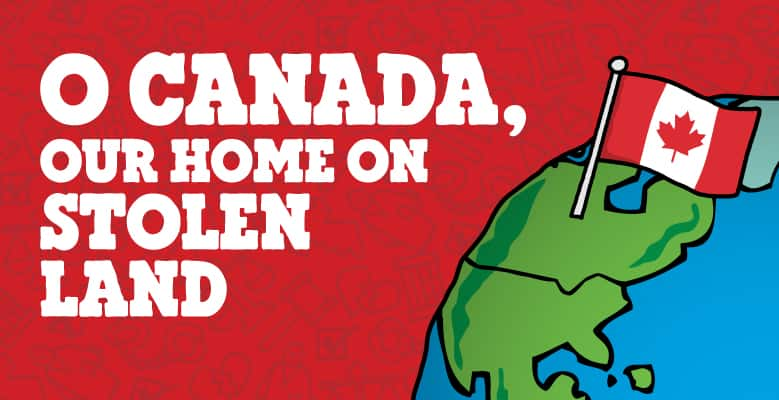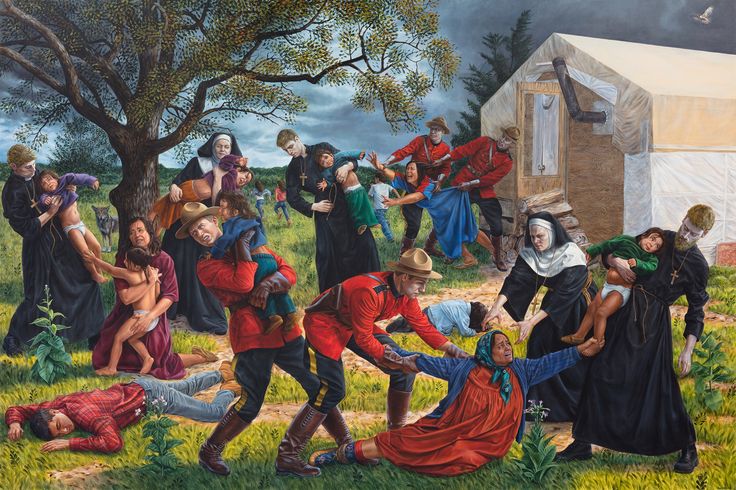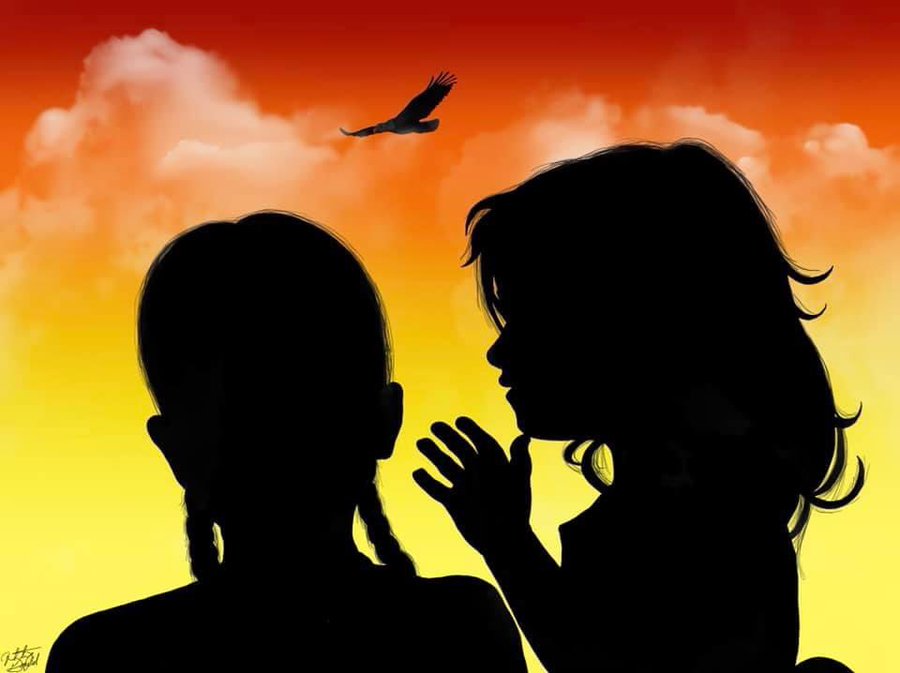
I love Ben & Jerry’s Cherry Garcia ice cream, but because I tried to protect the public interest and sacrificed my savings trying to access justice in Canada’s outlandishly expensive self-regulated legal-judicial industry, such treats are for only for special events. I rarely drive to town to reduce my pollution, make my 14 year old truck last the rest of my life, and to reduce money spent on fuel and maintenance.
I boycott Canada Day because of my country’s hideous racism, our lying racist misogynistic judges and lawyers and law-violating polluting resource extraction industries that harm many, notably Indigenous, while benefiting mostly foreign rich, and the dirty politicians and deregulators that help the rich rape us, our water, homes, families, communities … to feed ever more greed and business as usual.
I am ashamed to be Canadian.

https://www.benandjerrys.ca/en/flavours/cherry-garcia-ice-cream
This Canada Day, Let’s Look at the Truth Behind How Canada Became the Country It Is by Ben & Jerry’s, June 2023

We can no longer celebrate Canada Day without acknowledgingOpens a new window the centuries-long campaign of terroristic violence and genocide launched by colonizers (and then continued by the Canadian state) that sought to remove Indigenous people from their lands by any means necessary, while simultaneously breaking the familial, community, and cultural bonds that might strengthen Indigenous resistance and resolve.
For many people in Canada, Canada Day is a stark reminder of colonization, displacement, and genocide. And that needs to change.
Land Theft and the Creation of Canada
When European explorers and settlers arrived in what’s now Canada, they acted as though this was an empty landscape waiting to be discovered, but that just wasn’t true.
Before first contact with Europeans, Indigenous peoples used, accessed, and lived on all of what’s now known as Canada. Today Indigenous reserves account for only .2% of all the land in this country.
How did that happen? The state either officially sanctioned or tacitly encouraged stealing Indigenous land, violently forcing Indigenous people off their land, and destroying Indigenous culture.
A Brief History of Violence
Settler governments have been relentless in their efforts to acquire and control Indigenous land and resources and subjugate Indigenous people. They’ve gone about it in a variety of ways:
Treaties
- Treaties were mostly written in English and French, languages many Indigenous people didn’t understand, and were often intentionally mistranslated. (Translations also failed to incorporate rights to continue practising traditions and ceremonies tied to the land.)
- Verbal agreements were regularly made that were never honoured.
- The Canadian government had complete control over the treaty process, and many treaties were signed under duress. For example, in the Great Plains, Nations were forced to sign the treaties in exchange for food rations. Settlers were encouraged to slaughter bisonOpens a new window in an effort to starve the people who lived there and depended on them.
- When Indigenous leaders did sign treaties, it was with a general understanding that the land would be shared. Instead, this land was considered “crown” land and put under the government’s jurisdiction.
The Reserve System
- Police and military forces drove Indigenous people from their lands with violence. The violence persisted for centuries. In British Columbia, for example, members of the Cheslatta Carrier Nation were forced from their land in 1952 as part of an industrial project, their houses burned, their village and cemetery flooded.
- First Nations people were forced onto reserves, without respect or consideration for their way of life or culture, and stripped of their rights. Communities were often broken up into small reserves across their ancestral territory, splitting up families and disrupting traditions and ceremonies tied to the land.
- Indian Agents limited people’s movement on and off reserves through the Pass System, thereby limiting traditional practices such as hunting, fishing, and trapping. These are practices that also allowed people to provide for their families and communities.
Genocide
- Bounties were offered in the 1700s to encourage the murder of Indigenous people.
- Europeans arrived with new diseases, which they spread with devastating impact to Indigenous populations (both accidentally and intentionally) who had no built-in immunity.
- For more than a century, thousands of children were ripped from their parents and sent to residential schools, where they suffered abuse, torture, malnourishment, and death. Details about this continue to emerge as more unmarked graves are found.
- Starting in the 1960s, there was a mass removal of children from their homes (it became known as the Sixties Scoop, but the practice persisted for decades). Indigenous children were put into the foster-care system or adopted into non-Native families and remain overrepresented in Canada’s foster-care system even today.

The Scoop, 2018 by Kent Monkman
- Indigenous leaders believed that treaties would not affect their rights to hunt, trap, fish, live off the land, and continue their cultural practices. Instead, Indigenous culture was suppressed, sacred ceremonies banned, and those who practiced traditional customs were punished and shamed.
Injunctions
- Injunctions are basically a legal way to get somebody or some group of people to stop doing something. When used against Indigenous people, they have become a modern form of land theft.
- When corporations or the government want to exploit Indigenous resources, they’ll file for an injunction and obtain a court order that actually forces Indigenous land and water protectors off their own land!
- A review of injunctions conducted by the Yellowhead Institute shows how uneven the playing field is. The government and corporations almost always get what they want.
○ 90% of injunctions filed by the government against Indigenous communities are granted
○ 81% of injunctions filed by corporations are granted
○ Only 18% of injunctions filed by Indigenous communities against the government, and only 19% against corporations, succeed
The Legacy of Colonialism
Today the state continues to sanction the theft of Indigenous land and resources, selling off rights on the cheap to companies involved in mining, logging, and fossil fuels, while disregarding the objections of Indigenous leaders, and does little to address the violence that accompanies those destructive projects.
Indigenous women and girls, for example, continue to be abducted and murdered, especially near mining and drilling camps, and despite a national outcry, police still have no comprehensive plan to do anything about it.
Despite generations of Indigenous families demanding answers, much of what happened at residential schools is only coming out now. The last residential school, by the way, closed in 1998!
Clearly, we’re not talking about ancient history. For Canada’s Indigenous people, the past is not the past: They continue to experience racism, injustice, and inequity today, the result of structural bias in a system created to benefit settlers and exploit and displace Indigenous communities.
Where We Go From Here
Much of modern Canada consists of “unceded” land unconnected to any treaty. And of course, in many cases Indigenous people thought they were agreeing to share land, not relinquish all rights to it. Canada’s Supreme Court ruled in the 1997 Delgamuukw Case that a provincial government cannot simply “extinguish” Indigenous people’s right to their ancestral territory. That was a good start! But it hasn’t stopped Canadian governments from continuing to do just that.
This Canada Day, let’s reflect on the country’s true history. Let’s acknowledge that it was founded on stolen land. Let’s make sure people in Canada know how this country came to be.
Take Action and Contact Parliament to Disband C-IRG Today!
Learn more about our campaign to disband C-IRG and support Indigenous Land Defenders.

Refer also to:

Whitney Gould: …and a small voice whispers, “They found us”
